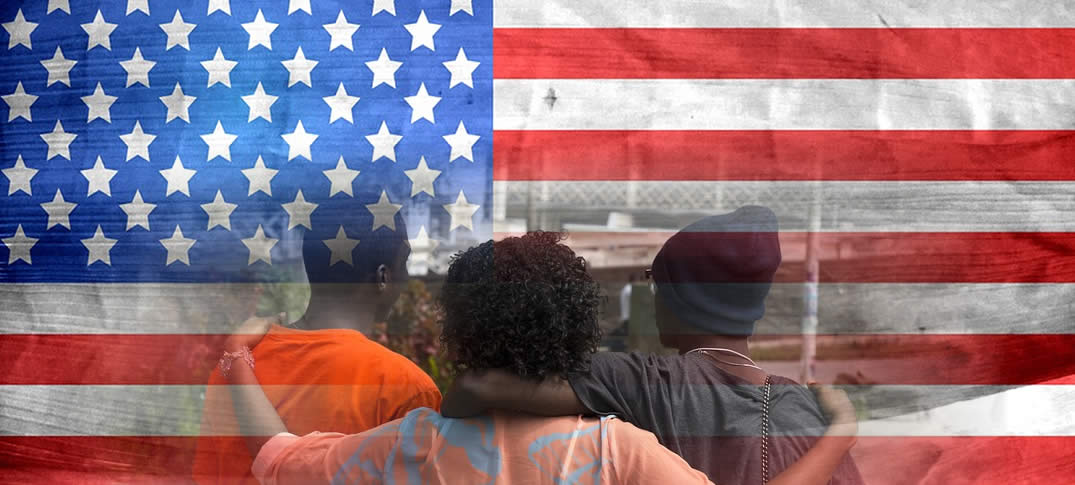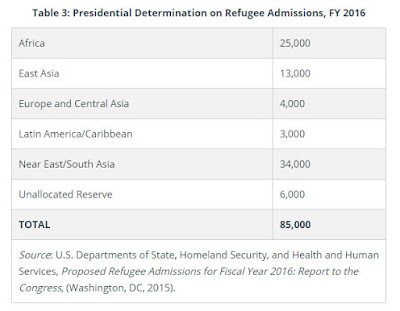By: American Immigration Council - www.immigrationimpact.com
America turned a corner today. We not only installed new leadership, but these leaders set a distinctively new tone for the next four years.
A president is a political and policy leader, but he or she is also our conductor-in-chief, coordinating the timing and performance of government agencies and setting the direction and tempo of our public discourse.
On January 20, Joe Biden, the freshly inaugurated 46th president of the United States, spoke with a dramatically different timbre than his predecessor—one filled with humility, empathy, and commitment to service and country. He acknowledged the many challenges we face and asked for our help to rise to meet them.
“We must end this uncivil war that pitches red versus blue, rural versus urban, conservative versus liberal,” Biden said, because we have “much to repair, much to restore, much to heal, much to build, and much to gain.”
More information https://www.inmigracionyvisas.com/a5043-Joe-Biden-New-Leadership-for-America.html









